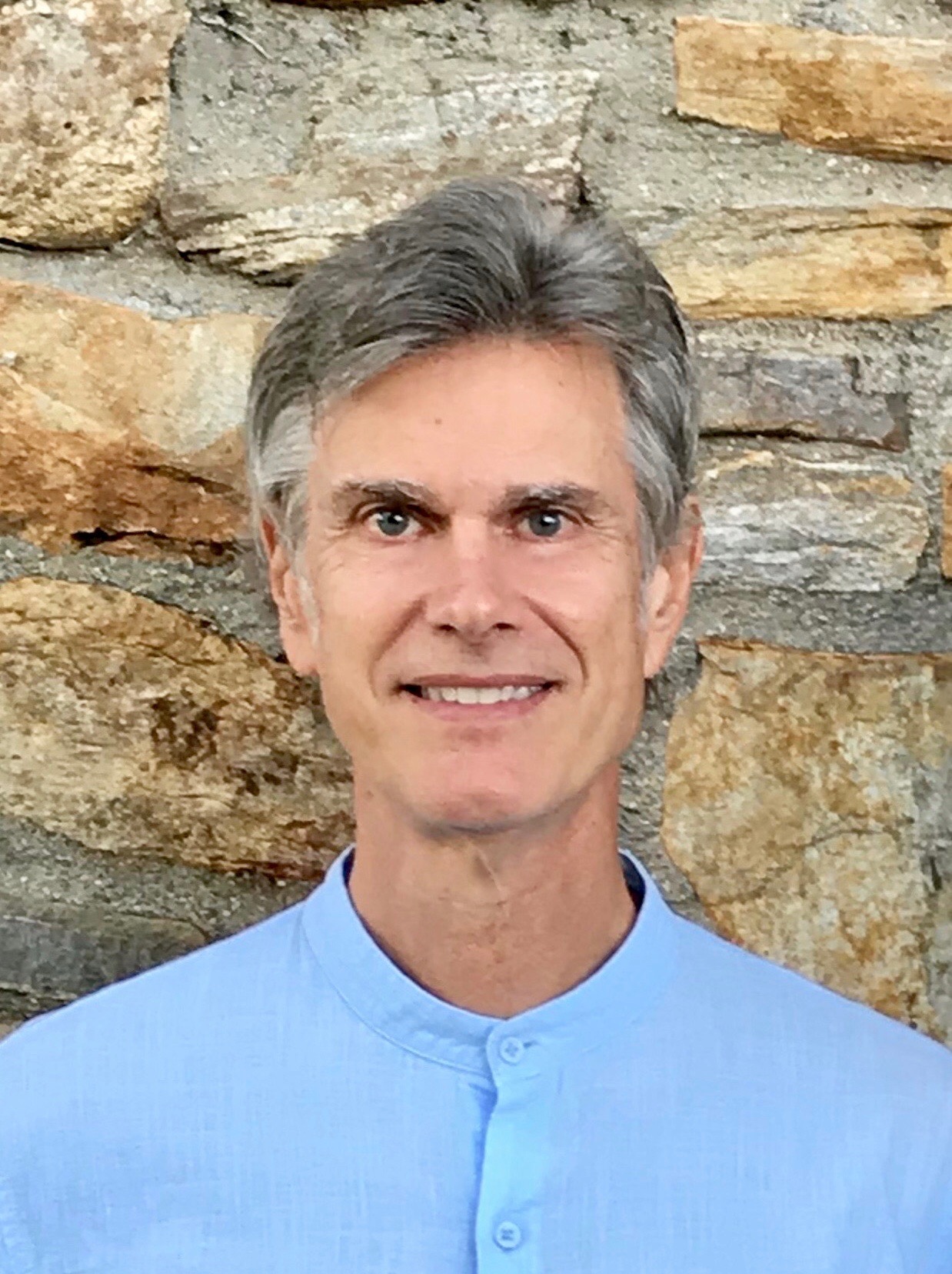
Photo of Der Schrei der Natur (The Scream of Nature) by Edvard Munch
FEAR is not the enemy. The emotion of fear has served an evolutionary purpose for the survival of the human species. When fear becomes the enemy, we’re less likely to see it within ourselves and more likely to project it onto other people and external situations or encounter it within our dreams.
An extreme persistent fear can be associated with a phobia, which involves avoidance of the situation, thing, or activity that’s feared. Although the term is not very popular today, “neurotic” fear or anxiety is associated with an unconscious conflict that manifests in dysfunctional behavior along with distorted thinking and perceiving. There’s certainly a fine line when it comes to neurotic behavior, and some may say that everyone is predisposed to neurosis. Neurotic or realistic, when you make fear into the enemy, you’re less likely to look inside and explore it to develop insight into what it’s actually about. And that could be called “the fear of fear.” Even without developing an understanding into the causes and conditions contributing to fear, a willingness to experience it in a way that doesn’t constrict your life is a step toward healing. Although fear is not the enemy, it’s also not your friend. It can sometimes be like an uninvited visitor who has to be greeted in one way or another. There are many ways to greet—or relate to—fear.
Five ways of relating to fear that can support emotional healing and a general sense of wellbeing are:
Welcoming: While it might not seem logical or desirable to welcome fear, consider what can happen when you battle against fear—it often gets larger as your patience grows smaller. Welcoming fear requires a readiness and a willingness to feel what you’re experiencing, which will mean opening yourself up to discomfort. At the same time, your willingness to welcome fear is a sign that you’re ready to relate to life on life’s terms, which is a path toward relieving suffering and distress.
Observing: Closely observing fear without creating a story about it can allow fear to have the space for its ultimate departure—not on your timeframe, but on fear’s timeframe. Acceptance, openness, and curiosity are attitudes that support the observation of fear. And stepping out of the thought stream and into the stream of sensations within your body can energize and stabilize you when you’re welcoming and observing fear.
Breathing Mindfully: Engaging in intentionally slow, mindful breaths can potentially calm the mind and relax the body. However, it’s necessary to engage in mindful breathing without the expectation that fear will be reduced or eliminated. The primary intention of mindful breathing in this context is to support you in being present to fear without trying to avoid or control it.
Inquiring: Relating to fear as if it could tell you something very important about yourself and your life is a way to develop insight into it. Asking questions such as, “What lesson are you trying to teach me?” or, “How can you help me to wake up to my life?” are ways to transform fear into an ally on the path of personal growth. In the Zen tradition, the question, “What is this?” is sometimes used to develop openness and insight that is beyond mere intellectual analysis. Whichever form of inquiry you use, it’s important to respect the development of insight as a process, not as an instantaneous flash of deep understanding. Stay open, patient, gentle, and compassionate toward yourself when inquiring into fear.
Remembering: Remember that the experience of fear is temporary. The temporariness of fear is conditioned by many factors, including the above ways of relating to fear that are described above. Remembering can also connect you back to welcoming, observing, breathing mindfully, and inquiring when fear—or any other distressing emotion—decides to knock upon your door.

